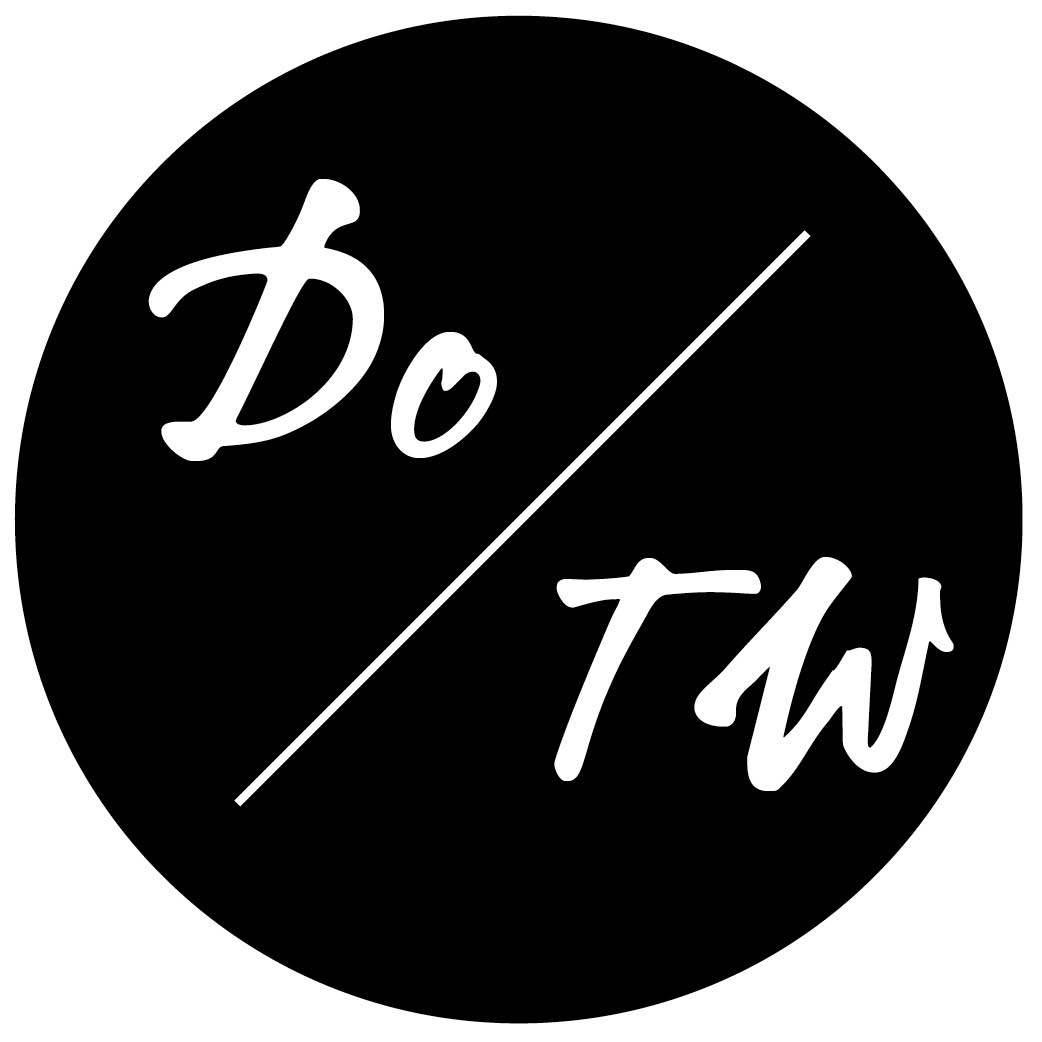How Introducing Characters to Your Pieces Will Take Your Writing to the Next Level

In interviews and on panels at conferences, editors are often asked what they’d like to see in pitches.
The most common answer–that the writer is familiar with the magazine and pitching an idea that would actually work–we discuss regularly here.
But the one many editors also share (and secretly wish they could talk more about rather than the very basic pitching essential about) is that they want you to pitch them a story. With characters.
Yikes…now we’ve entered the realm of fiction. Or at least that’s how it used to seem to me.
Characters? Storyline? In a 200-word front-of-book short? Or a round-up feature? Yes, often even in articles like that where space is tight and there’s no room to waste words. It can sound like an incredibly tall order, especially for a short piece, but if you can start doing this, it will be an absolute turning point for your writing.
Let’s look at services pieces. And go outside the realm of travel for a minute. In women’s magazines, like Cosmopolitan or Redbook, there are always service pieces, articles that tell readers how to do something–and typically how to do it better or faster than they’re already doing it.
How are these different than articles you might find on a blog or any one of the tens of thousands of other women-focused editorial websites out there?
You might already see where this is going. The answer is sources, but there’s more to it. It’s not even just that they use expert sources. These articles use a mix of expert sources that meet certain criteria *and* anecdotes from regular people, often called “everyman” sources.
And, there might very well be three sources interviewed for a 300-word piece.
Still not sure you feel the difference? Try this. Head to Contently’s blog “The Freelancer” and check out their advice pieces that feature interviews with working freelance writers and compare them again a different post that is just a round-up or written from a first-person point of view.
What do you feel more inclined to trust without knowing the writer or anything about their background?
If the current review-driven culture of the travel and hospitality industries have taught us nothing else, it is the enormous power of collections of other people’s options. We may be skeptical or completely disinterested in one, but when you aggregate several examples, we are psychological compelled to find more value in the argument. If there is a weight of authority behind the opinion, it sways us even more.
How does this translate with travel writing?
All of our pieces have some sort of point, whether it’s as simple as why you should visit a certain destination, attraction, hotel, or restaurant, or something deeply, such as asking the reader to question his or her assumptions about cultural identity.
And that point, that change or emotion or action you’re trying to instill on the part of the reader, carries much more psychological weight with social or authoritative proof.
How do you get it? That’s what we’ll cover on today’s webinar, this afternoon at 3:30 pm EST / 12:30 pm PST on Securing Interview Sources to Make Your Stories Sing , as we unpack how, when, and where to find the sources that give your stories that extra oomph.
Even if you can’t make the call live, you can catch it in the replay. Just remember to register in advance to get the video replay automatically sent to you via email after the call. The replay is available to webinar registrants for one week following the call, after which point it is available to members of our coaching programs or for purchase on demand in our webinar library!
